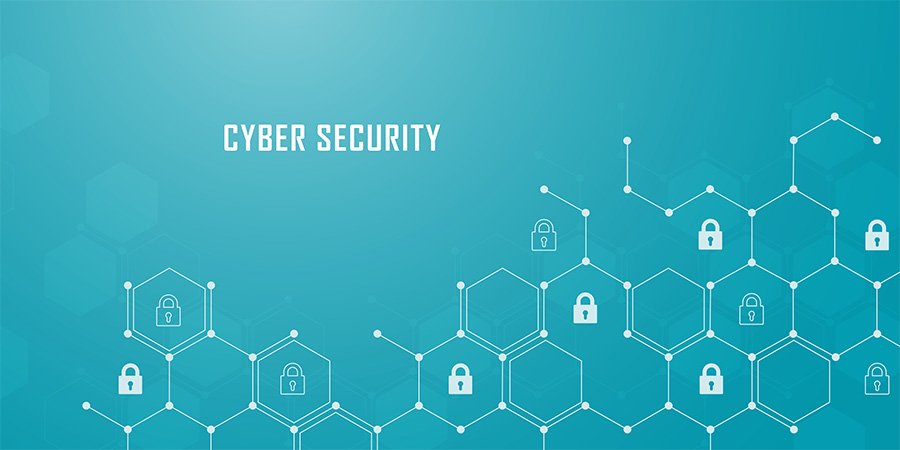Navigating the Evolving Cybersecurity Landscape: Human Behavior, Technology, and Collaboration
In today’s digital landscape, cybersecurity has become paramount. The rise of AI-driven security tools, cloud-based services, and mobile and IoT protections has revolutionized the way organizations safeguard their assets. However, these advancements bring their own set of challenges, particularly as the rapid adoption of new technologies increases the attack surface, introducing numerous potential points of compromise.
The Role of Human Error in Cybersecurity Breaches
According to Mimecast’s 2025 report, an astonishing 95% of all data breaches stem from human error. This includes a spectrum of issues such as insider threats, credential misuse, and even innocent mistakes made by users. Kaspersky also underlines this troubling trend, noting that 88% of organizations encountered at least one cyber incident in 2024, again citing human error as a significant factor.
The threat landscape remains complex and multifaceted. The European Union Agency for Cybersecurity (ENISA) identifies phishing as the leading method of intrusion, accounting for around 60% of incidents. As cybercriminals evolve their tactics, new models like phishing-as-a-service make it simpler for attackers to launch automated and extensive phishing campaigns. With digital environments becoming increasingly interconnected, threat actors significantly amplify their impact by exploiting vulnerabilities within supply chains.
The Interconnectedness of Systems
"Systems and services we rely on daily are intertwined," warns Juhan Lepassaar, Executive Director of ENISA. "A disruption on one end can ripple across the entire supply chain." This interconnectedness underscores the urgency for robust cybersecurity measures across all sectors, highlighting the importance of addressing vulnerabilities not just at the individual company level but across whole ecosystems.
Exploiting Human Psychology
Cybercriminals often use social engineering—a tactic aimed at manipulating people into divulging confidential information or taking actions that compromise security. Common strategies include:
- Phishing: Mass-distributed emails designed to deceive.
- Spear Phishing: Targeted emails aimed at specific individuals, making them more convincing.
- Vishing: Fraudulent phone calls designed to exploit trust.
- Impersonation: Posing as trusted figures to gain sensitive information.
The advent of AI has made phishing attacks even more sophisticated. Cybercriminals leverage AI to create visually convincing emails and execute voice synthesis for vishing campaigns, making fraudulent calls almost indistinguishable from authentic communications. Employees unfamiliar with these tactics stand at a higher risk, often unknowingly compromising sensitive data.
A Shared Responsibility
Governments and law enforcement increasingly trust businesses to play a pivotal role in combating cybercrime. Global collaboration is essential, as these challenges cannot be effectively addressed at national or regional levels alone. Unfortunately, many organizations, especially small and medium-sized enterprises (SMEs), face barriers such as high costs and limited expertise. The World Economic Forum’s Global Cybersecurity Outlook 2024 reveals a promising yet alarming trend: the proportion of organizations maintaining minimum viable cybersecurity resilience decreased by 30% in 2023, with SMEs particularly affected. This is concerning as SMEs are foundational to economic stability.
Practicing Proactive Defense
To build a robust defense against cyber threats, organizations must prioritize their human resources as much as their technological ones. Implementing technical controls like multi-factor authentication (MFA) and encryption can significantly reduce vulnerabilities. Furthermore, cultivating a security-oriented culture through continuous training on phishing awareness, strong password practices, and regular security assessments is crucial.
Collaboration and information-sharing are valuable defensive mechanisms against cyber threats. By pooling threat intelligence, organizations can improve response times, anticipate evolving attack methodologies, and address skill shortages. Goran Novkovic, Director of Industrial Cybersecurity at the Toronto Transit Commission, emphasizes that many cybersecurity strategies are based on assumptions rather than operational realities, which can hinder effective protection measures.
The World Economic Forum’s Cybercrime Atlas aims to tackle these issues by bringing together the public sector, private sector, and law enforcement to disrupt the cybercriminal ecosystem. This collaborative effort shares insights and enables organizations to enhance their defenses proactively.
Securing Machine Identities
With AI and cloud technologies reshaping the cybersecurity landscape, organizations must now manage a new attack surface defined by machine identities. According to CyberArk’s 2025 Identity Security Landscape report, machine identities now outnumber human identities by a staggering 82 to 1. This poses a severe risk, particularly as many organizations still define "privileged user" solely as human, leaving machine identities vulnerable. The results can be devastating; 54% of UAE organizations experienced at least two identity-centric breaches last year.
Efforts such as those from the Dubai Electronic Security Center (DESC) are crucial in addressing this emerging threat landscape. DESC is actively combating phishing through guidelines, campaigns, and educational resources for organizations. The center’s initiatives also focus on preparing for future challenges, such as the upcoming complexities posed by post-quantum computing.
Leveraging AI for Enhanced Security
Amid these evolving threats, AI continues to play a dual role in cybersecurity. Marlo Chapron of PMP Strategy notes that GenAI is reshaping the landscape, presenting new challenges alongside its benefits. AI-powered Security Operations Centers (SOCs) automate repetitive tasks, reducing human error and allowing analysts to focus on more complex issues.
Automation in SOCs helps streamline alert triage and incident response, thus reducing alert fatigue and enhancing anomaly detection. Jonathan Zelmanovitch emphasizes that security by design is essential; implementing cybersecurity measures from the beginning of the product development process minimizes vulnerabilities throughout its lifecycle.
Emphasizing Human-Centric Cybersecurity
Ultimately, cybersecurity is deeply rooted in human psychology and behavior. As cyber threats elevate in complexity and frequency, organizations must adopt a holistic defense strategy that blends technology, ongoing training, collaborative efforts, and proactive design. This multifaceted approach will be fundamental in fostering resilience in an interconnected digital world.





